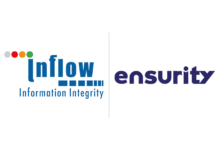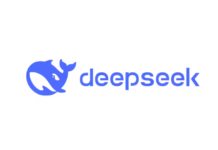Currently, around four-in-10 (39 per cent) of those surveyed claimed they were aware of ransom-ware over the past 12 months
Last year to restore access to the stolen data, over half (56 per cent) of ransom-ware victims paid the ransom, according to a global study of 15,000 consumers conducted by global security company Kaspersky. But for 17 per cent of those, paying the ransom did not guarantee the return of stolen data. However, as public awareness of potential cyber threats grows there is reason for optimism in the fight against ransom-ware.
Used by criminals to extort money, ransom-ware is a type of malware. By using encryption or by locking users out of their device, it holds data to ransom. Kaspersky’s report, ‘Consumer appetite versus action: The state of data privacy amid growing digital dependency’, found that, the estimated money loss for around a quarter of respondents (26 per cent) was less than $100, but for 9 per cent, totals reached between $2,000 and $4,999.
Last year to restore access to the data, the percentage of victims paying the ransom was highest among those between the ages of 35 to 44 with two-thirds (65 per cent) admitting to paying. This compares to just over half (52 per cent) of those between the ages of 16 to 24 and only 11 per cent of those over the age of 55, showing that younger users are more likely to pay a ransom than those over 55.
Whether they paid or not, cases of paying a ransom among users who experienced ransom-ware infection, by age breakdown includes only 29 per cent of victims able to restore all their encrypted or blocked files following an attack. Half (50 per cent) lost at least some files, 32 per cent lost a significant amount, and 18 per cent lost a small number of files. Meanwhile, 13 per cent who did experience such an incident lost almost all their data.
“This data shows we have seen a significant proportion of consumers paying a ransom for their data over the past 12 months. But handing over money doesn’t guarantee the return of data, and only encourages cybercriminals to continue the practice. Therefore, we always recommend that those affected by ransom-ware do not pay as that money supports this scheme to thrive,” comments Marina Titova, Head of Consumer Product Marketing at Kaspersky. “Instead consumers should make sure to invest in initial protection and security for their devices and regularly back up all data. This will make the attack itself less appealing or lucrative to cybercriminals, reducing the use of the practice, and presenting a safer future for web users”.
Currently, around four-in-10 (39 per cent) of those surveyed claimed they were aware of ransom-ware over the past 12 months. As remote working becomes more prolific, it is important that this number rises. It is vital that consumers understand what to look out for, and what to do if they encounter ransom-ware. This will better help consumers protect themselves as they learn more about this form of cyber-attack.
Also read:Digital transformation: A required change and a new operating model in the BFSI industry
Do Follow: CIO News LinkedIn Account | CIO News Facebook | CIO News Youtube | CIO News Twitter






